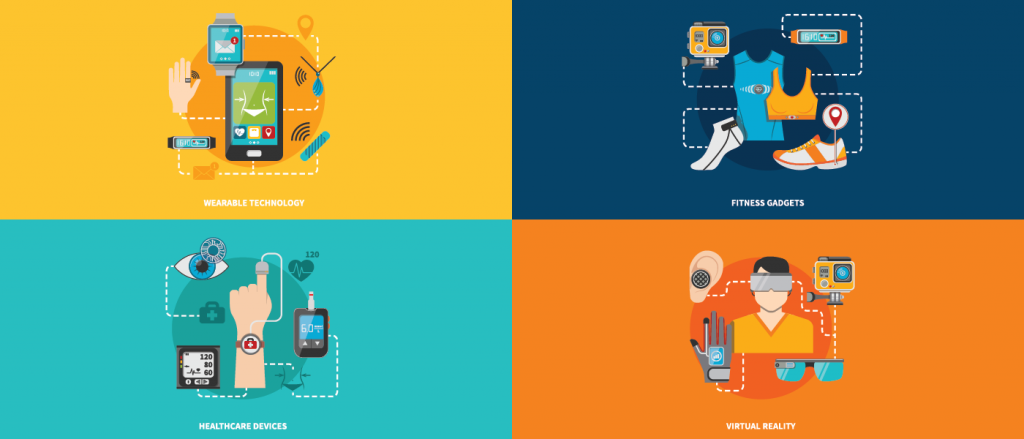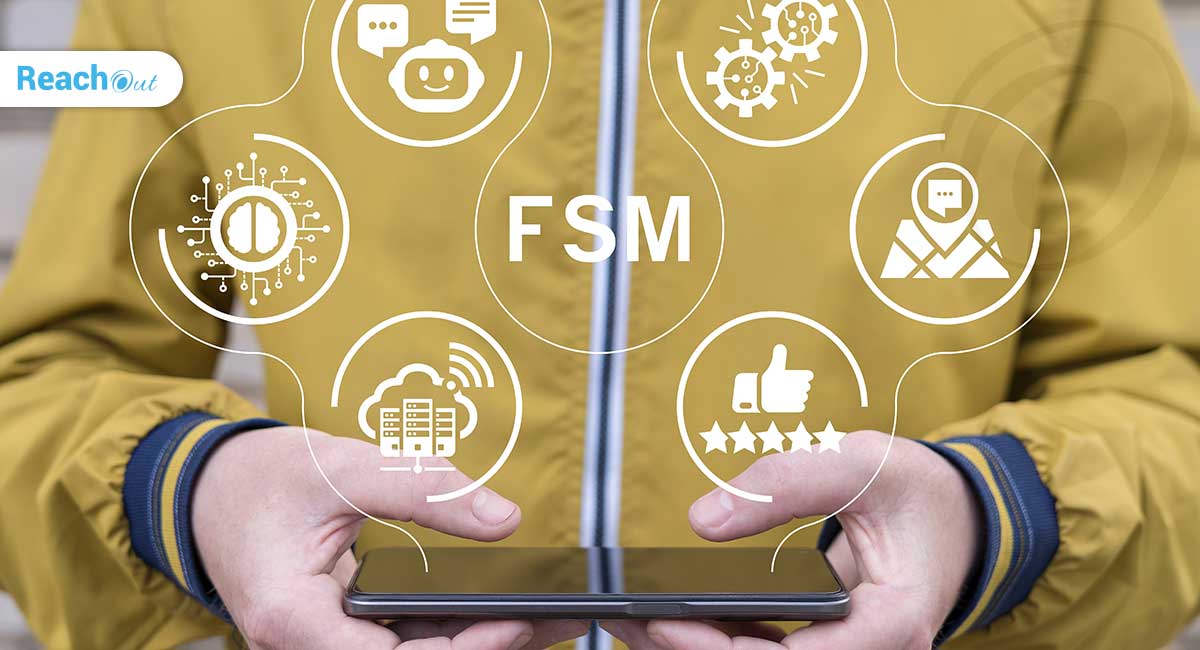The global wearables market is now worth $6 billion, and continuing to grow at an exponential pace.
Embracing IoT and wearables technology enables the enterprise to provide enhanced customer service, and improve efficiency manifold. Wearable watches issue real-time alerts to delivery workers. Wearable glasses enable service technicians to oil rig workers to review plans and receive real-time instructions. Real-time data crunching and alerts enable sales executives to offer the required information to the customer, without leaving their presence.
For all such benefits, the adoption of wearables and IoT in the field service sector has been surprisingly slow. The lag is mostly due to the disruption these technologies foist on the enterprises. With great benefits come great disruption, and enterprises need to prepare themselves to adopt these technologies successfully. This is easier said than done though. In 2013, Gartner reported about 25% of companies losing their competitive ranking owing to digital incompetence. Today, the situation is even more stark, with about 84% of enterprises faltering in their digital transformation efforts.
Here is a checklist for enterprises to get their IoT powered digital transformation right.
-
Beef Up the Data Centre
The immediate impact of co-opting IoT and wearable tech into the enterprise is in the data center. Wearables and allied devices generate tons of data, which is sure to overwhelm even the sturdiest of legacy on-premises data centers. With more than 24 billion IoT devices worldwide expected to generate 915 Exabytes of data from 2020, enterprises will require far additional capabilities to process in real-time the coming data deluge.
Co-opting IoT and the wearables to the enterprise IT stack requires a future-proof and hyper-scalable cloud platform. The cloud platform is even more critical for field service applications, where field executives would require access to real-time data from remote locations.
Enterprises need to build a comprehensive roadmap to develop an IT stack supporting the new technology. They also need to back-up such an IT stack with a comprehensive and updated IT vision that maps to storage needs, device performance, the changing customer requirements, and more importantly the business strategy.
-
Upgrade the Software
Side-by-side with data servers and associated hardware, upgrading software is of critical importance to ensure the enterprise is primed up to support IoT and wearable tech.
Just about every enterprise has several disparate software which cannot integrate or connect with one another, and such legacy software remains incompatible with IoT and wearable technology. However, no enterprise can afford to throw away all legacy systems and start from scratch. Technical integration of the existing solutions with IoT is a more practical solution, but enterprises would do well to take the opportunity to replace their dated legacy solutions.
Enterprises require a tactical IT integration plan, which reconciles the current framework and software with the new technology, and with priority given to the integration of IoT and wearables.
The enterprise would nevertheless have to invest in new apps to facilitate field service technicians and other stakeholders to connect their business process with the data center, using wearable devices. For instance, the manager may require app which prods for urgent approval of a document, and the sales executive would certainly require another app to access the document from the field.
-
Do not Ignore the HR Factor
IT transformation involves much more than the software and the hardware.
Embracing wearables and IoT invariably means new processes and a new way of doing things. Enterprises would do well to develop specific user personas and use cases, with specific business needs. Identify the specific end-users, how the new technology and devices would change work processes, and how the technology is to be used to realize the business objectives. Plan specific interventions to guide the affected users in the most optimal way.
However, changes in work process require buy-in across-the-board. Unless employees, especially the field service technicians and line managers directly impacted by the new technologies are fully committed, they are unlikely to embrace the new technologies wholeheartedly. A half-hearted adoption, manifesting in instances such as the workforce, creating a fuss at the slightest glitch is a sure-shot recipe for failure. Unless there is a buy-in, and ownership of the IoT initiatives are not passed on to the stakeholders, the digital transformation initiative would backfire in the form of held-up processes, over-stressed IT team troubleshooting glitches day in and day out, extra disruption for training, steeper learning curves, and budget escalations.
Employees, especially those in the line of fire, require convincing regarding the benefits of embracing wearables and IoT. They require communication on how the new technologies would benefit them, and how it would offer a win-win proposition to all stakeholders. They also require assurance of adequate training, and support during the learning curve.
-
Prepare for Contingencies
The best-laid plans of men and mice invariably go for a toss from time-to-time. The enterprise needs to be prepared for the worst case scenario when it comes.
They need to train field engineers on how to service IoT-based equipment. They also need to identify potential customer issues which would occur when an IoT device or wearable fails or develops a glitch. One best practice is to design a new workflow factoring in the new devices and also potential contingencies. Account for all implications and factor in the potential pitfalls at every stage, with a workaround.
It is viable to undertake conventional IT mostly in-house, with relationships limited to one or two external vendors. The IoT space, however, is highly fragmented and requires a multitude of niche skills. The technology is fluid and changing by the day. Enterprises have no option but to curate a relationship with an array of external providers and enter into strategic understandings with them. Partnering with the right partner, competent to offer a swift and secure resolution to issues that crop up, is critical to the success of enterprise IoT and wearables.
Embracing IoT and wearable tech is a no-brainer for the enterprise. However, the onus is on those pushing the changes to make explicit how embracing it will result in enhanced productivity, better job satisfaction, happier customers, and other gains, and how such gains will reflect across the bottom line.
Aarathy
With over a decade of experience in the technology sector, Aarathy is passionate about improving field service efficiency through digital innovation. She is particularly interested in topics such as field service trends, service automation, and strategies for implementing digital transformation in service management.
More posts by Aarathy




